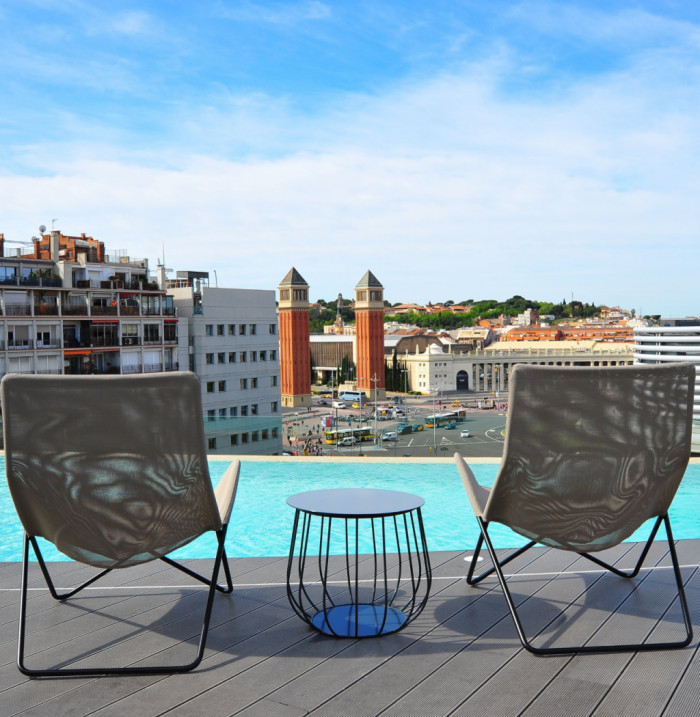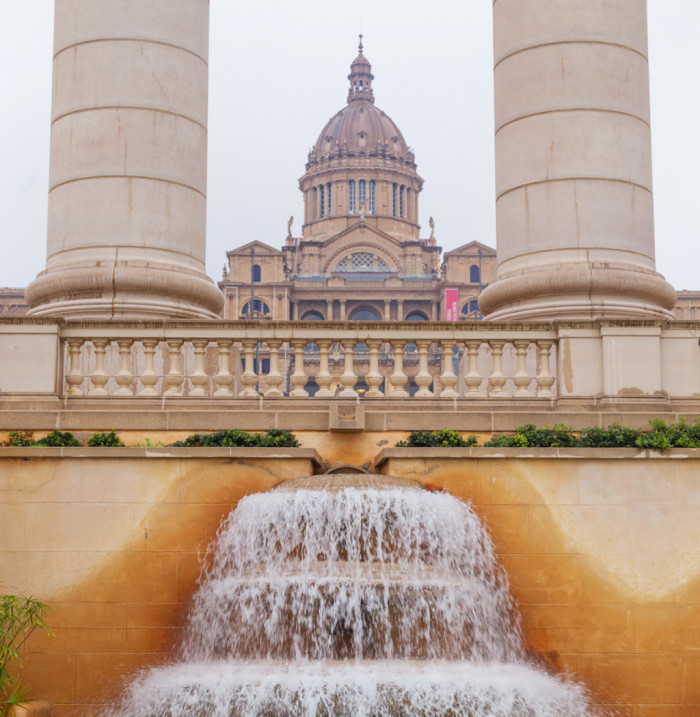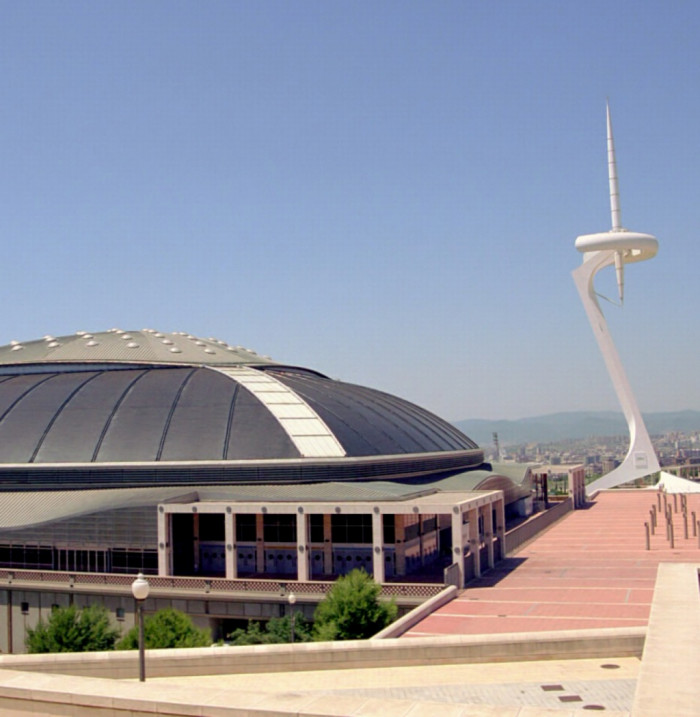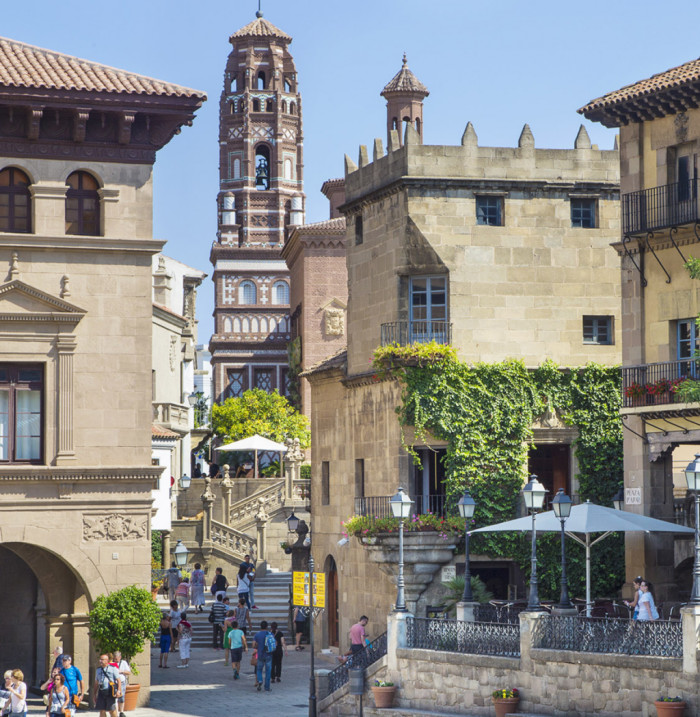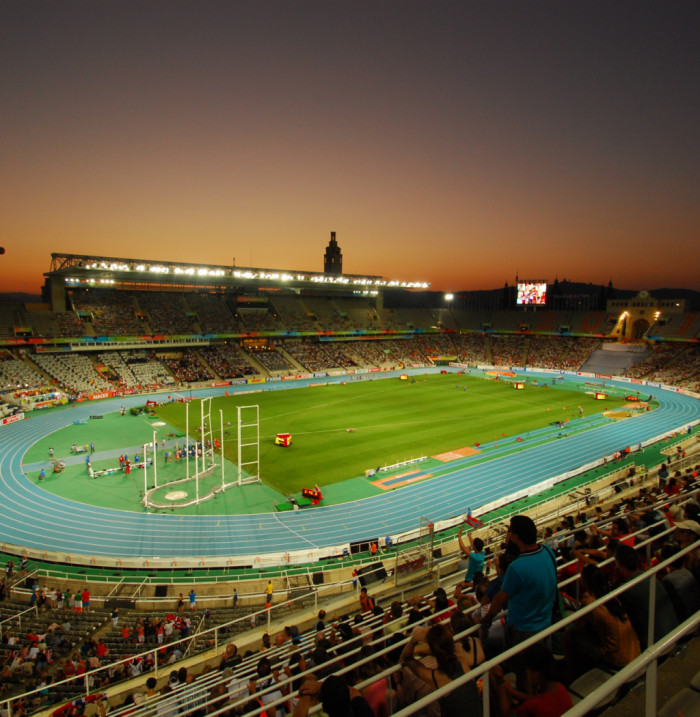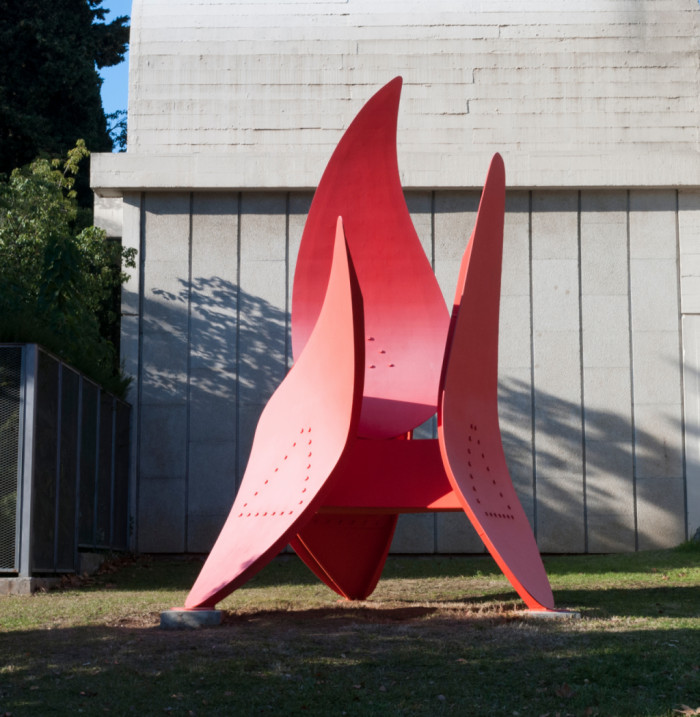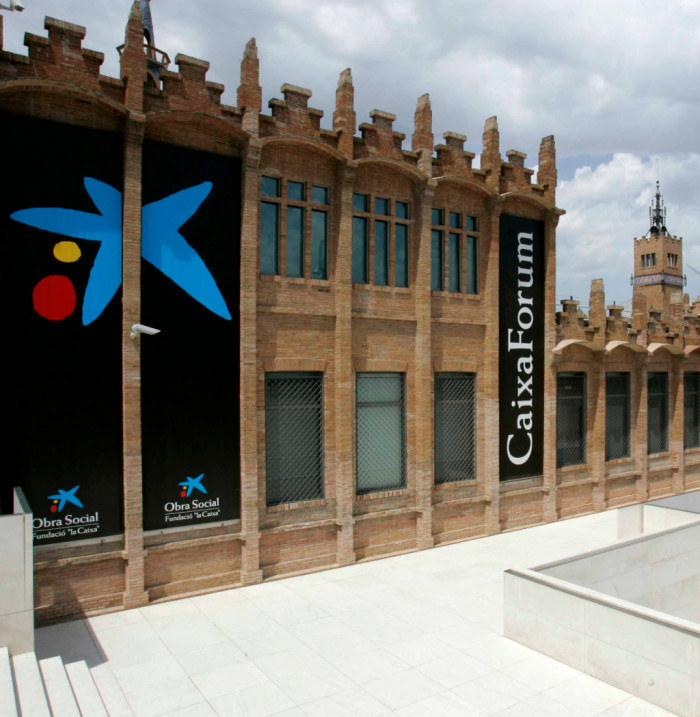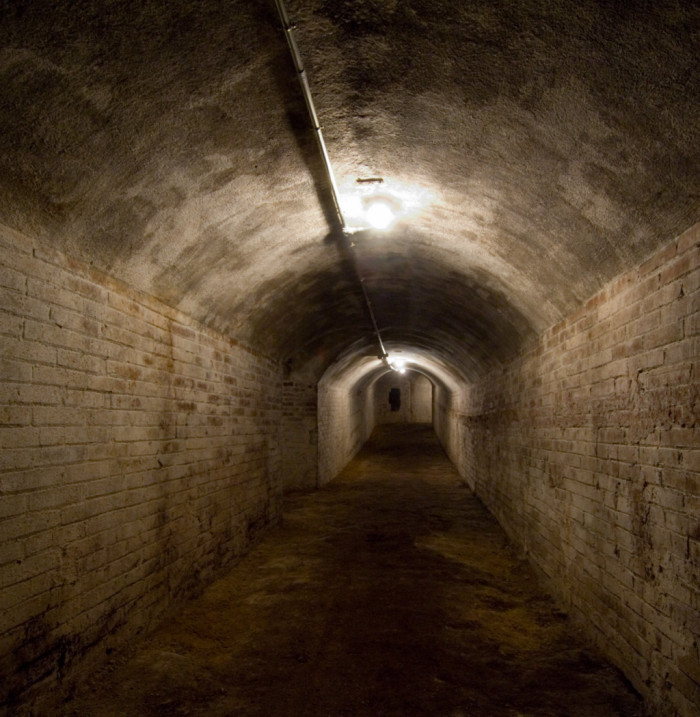- Architecture
- Leisure
A Noucentisme structure that has been converted by City Hall into a publicly-owned theater.
Metro: L3 (Green) - Poble Sec & Espanya
Les Flors market has been a publicly-owned Barcelona theater since 1983, when City Hall led the effort to develop a performance space within the historical Palace of Agriculture, a Noucentisme structure built for the 1929 Barcelona International Exposition, held atop the mountain of Montjuïc. Since then, the theater has become a point of reference among the city’s art scene, hosting performances in every genre: theater, dance, music, cinema, media, and performance art. Thanks to this pioneering effort, the space has had the opportunity to showcase the work of the world’s finest dramaturgs, film directors, and artists, making Les Flors Market one of the top destinations for contemporary performing arts in Spain.
In addition to its importance as an art space, Les Flors Market also represents a window into one of the leading architectural trends of 20th century Barcelona, Noucentisme. The building was constructed at the intersection of Carrer Lleida and Passeig Santa Madrona, on a plot of 16,000 square meters. Structurally, the building consists of five rectangular naves and two porticoed galleries situated around a grand center patio. It was built by Josep María Ribas and Manuel María Mayol, architects deeply influenced by the styles of the Italian Renaissance, as evidenced in the diverse façades made of stucco ad ceramic, as well as in the enclosure’s octagonal towers. After its role in the 1929 Expo, the facility was repurposed into the city’s primary flower market, giving it the name by which it’s known today.
Once it became a theater, the City Council decided to build an extension, incorporating a new area called “Space B.” It then commissioned a grand cupola for the central vestibule to Majorcan artist Miquel Barceló. With a diameter of 12 meters, the cupola now crowns the diaphanous circular space with columns that provide access to one of the theater’s exhibition spaces.

